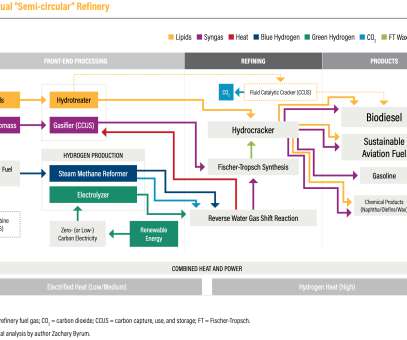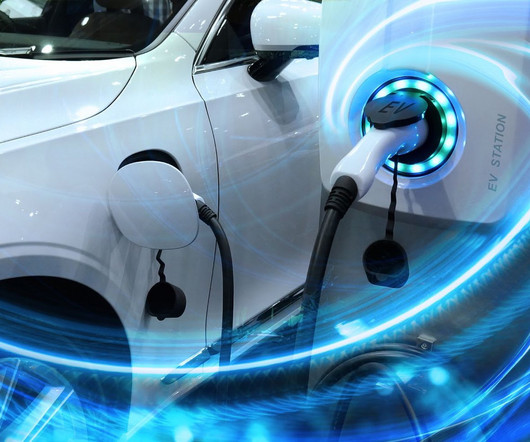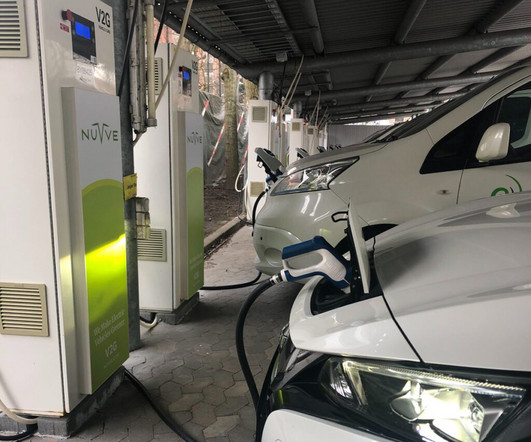WRI paper outlines technological pathways for decarbonizing petroleum refining
Green Car Congress
OCTOBER 24, 2021
Petroleum refining produces approximately 13% of US industrial greenhouse gas emissions and approximately 3% of all US emissions. The remaining 6% generally are derived from gas flaring, catalytic reforming, electricity production, landfills, methane leaks, and sulfur recovery. The account for about 31% of total emissions.



























Let's personalize your content